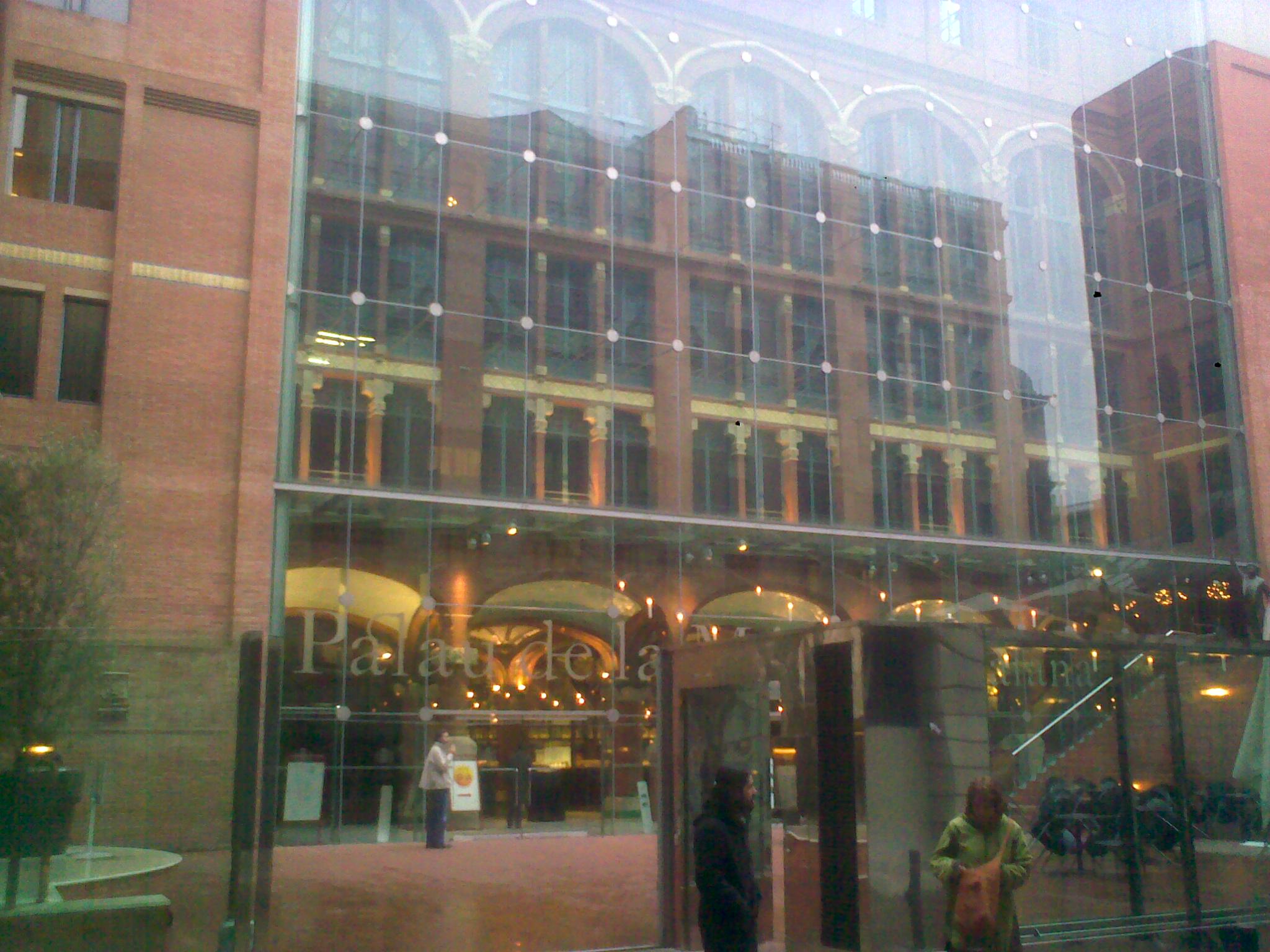Visual multi-platform design tools are evolving
One of the conclusions of our December 2009 MEX Conference on multi-platform user experiences was that designers currently lack the tools to implement centrally-planned interfaces across multiple touchpoints. There are numerous reasons for this: the market for these tools is still at an early stage and there is considerable fragmentation on the client side, making it a significant technical challenge to offer a one-stop design studio.
Nokia is making strides in this area with Qt. However, so too is Sun, which is finally coming out of the uncertain period which ensued during the merger with Oracle.
Jacob Lehrbaum of Sun showed me some demonstrations of applications they’d built to showcase multi-platform UIs. In one, a PC, TV and HTC Windows Mobile phone were all able to stream content from a single multimedia server, using a similar interface on each device, but with each UI tweaked for the particular characteristics of the individual platforms.
While there was nothing remarkable about this concept in itself, the tools used to create it have significant potential for enabling multi-platform UX.
Using Java FX, Sun has built a suite of tools which expose different layers of functionality to developers, i.e. hardcore coders get deep customisation, while designers get a very visual toolbox, which hides much of the underlying complexity.
It was these visual tools I found particularly interesting. In the demo I saw, the Sun engineer was able to rapidly build an app with embedded video, tweak it for several different multi-platform touchpoints (e.g. mobile, PC and TV), all from within the same project wrapper.
This was all done in a drag ‘n’ drop graphics studio, where the app was always in its compiled state, so that what you were editing on screen was exactly as it would be when you deployed.
The approach was rather reminscent of a video editing suite, even offering features like the ability to record a series of movements in studio mode to define a UI flow, just as you would if you were making an animated film.


[…] approach to multi-platform development with its Java FX offering. There’s more on this in another of my articles from […]
[…] also spent some time looking at the Sun Java FX designer and developer suite – I’ll provide some further info on this later. Read related articles Video: User experience journeys in a multi-platform […]